Types of Assignments
Cristy Bartlett and Kate Derrington

Introduction
As discussed in the previous chapter, assignments are a common method of assessment at university. You may encounter many assignments over your years of study, yet some will look quite different from others. By recognising different types of assignments and understanding the purpose of the task, you can direct your writing skills effectively to meet task requirements. This chapter draws on the skills from the previous chapter, and extends the discussion, showing you where to aim with different types of assignments.
The chapter begins by exploring the popular essay assignment, with its two common categories, analytical and argumentative essays. It then examines assignments requiring case study responses, as often encountered in fields such as health or business. This is followed by a discussion of assignments seeking a report (such as a scientific report) and reflective writing assignments, common in nursing, education and human services. The chapter concludes with an examination of annotated bibliographies and literature reviews. The chapter also has a selection of templates and examples throughout to enhance your understanding and improve the efficacy of your assignment writing skills.
Different Types of Written Assignments
Essay
At university, an essay is a common form of assessment. In the previous chapter Writing Assignments we discussed what was meant by showing academic writing in your assignments. It is important that you consider these aspects of structure, tone and language when writing an essay.
Components of an essay
Essays should use formal but reader friendly language and have a clear and logical structure. They must include research from credible academic sources such as peer reviewed journal articles and textbooks. This research should be referenced throughout your essay to support your ideas (See the chapter Working with Information).
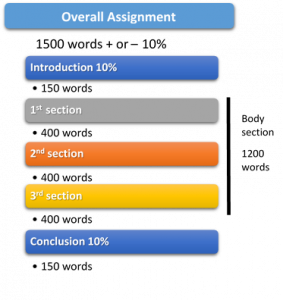
If you have never written an essay before, you may feel unsure about how to start. Breaking your essay into sections and allocating words accordingly will make this process more manageable and will make planning the overall essay structure much easier.
- An essay requires an introduction, body paragraphs and a conclusion.
- Generally, an introduction and conclusion are approximately 10% each of the total word count.
- The remaining words can then be divided into sections and a paragraph allowed for each area of content you need to cover.
- Use your task and criteria sheet to decide what content needs to be in your plan
An effective essay introduction needs to inform your reader by doing four basic things:
Table 15.1 An effective essay
[table “17” not found /]
An effective essay body paragraph needs to:
[table “18” not found /]
An effective essay conclusion needs to:
[table “19” not found /]
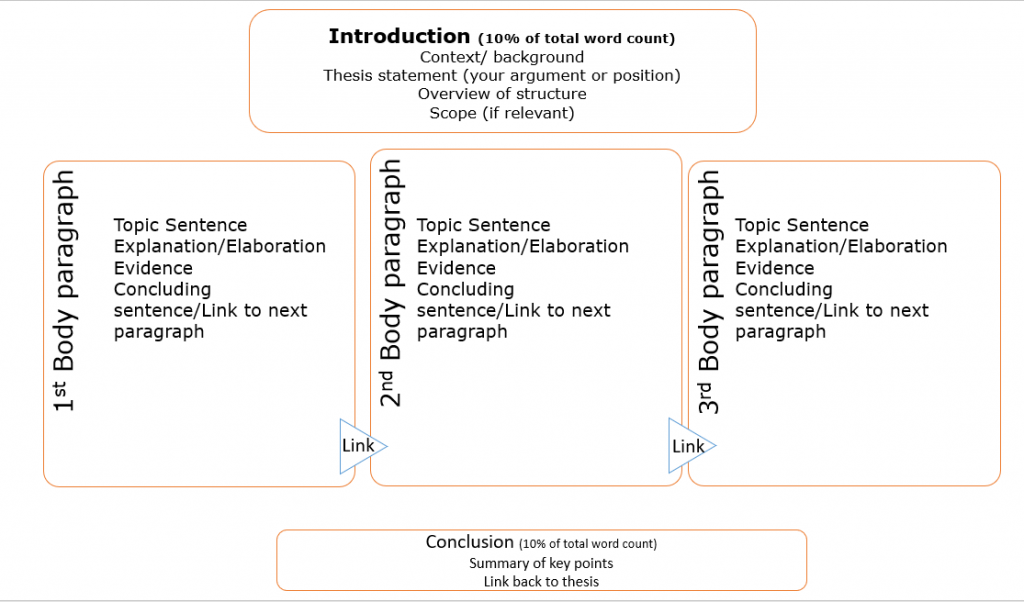
Common types of essays
You may be required to write different types of essays, depending on your study area and topic. Two of the most commonly used essays are analytical and argumentative. The task analysis process discussed in the previous chapter Writing Assignments will help you determine the type of essay required. For example, if your assignment question uses task words such as analyse, examine, discuss, determine or explore, you would be writing an analytical essay. If your assignment question has task words such as argue, evaluate, justify or assess, you would be writing an argumentative essay. Despite the type of essay, your ability to analyse and think critically is important and common across genres.
Analytical essays

These essays usually provide some background description of the relevant theory, situation, problem, case, image, etcetera that is your topic. Being analytical requires you to look carefully at various components or sections of your topic in a methodical and logical way to create understanding.
The purpose of the analytical essay is to demonstrate your ability to examine the topic thoroughly. This requires you to go deeper than description by considering different sides of the situation, comparing and contrasting a variety of theories and the positives and negatives of the topic. Although in an analytical essay your position on the topic may be clear, it is not necessarily a requirement that you explicitly identify this with a thesis statement, as is the case with an argumentative essay. If you are unsure whether you are required to take a position, and provide a thesis statement, it is best to check with your tutor.
Argumentative essays
These essays require you to take a position on the assignment topic. This is expressed through your thesis statement in your introduction. You must then present and develop your arguments throughout the body of your assignment using logically structured paragraphs. Each of these paragraphs needs a topic sentence that relates to the thesis statement. In an argumentative essay, you must reach a conclusion based on the evidence you have presented.
Case Study Responses
Case studies are a common form of assignment in many study areas and students can underperform in this genre for a number of key reasons.
Students typically lose marks for not:
- Relating their answer sufficiently to the case details
- Applying critical thinking
- Writing with clear structure
- Using appropriate or sufficient sources
- Using accurate referencing
When structuring your response to a case study, remember to refer to the case. Structure your paragraphs similarly to an essay paragraph structure but include examples and data from the case as additional evidence to support your points (see Figure 15.5). The colours in the sample paragraph below show the function of each component.
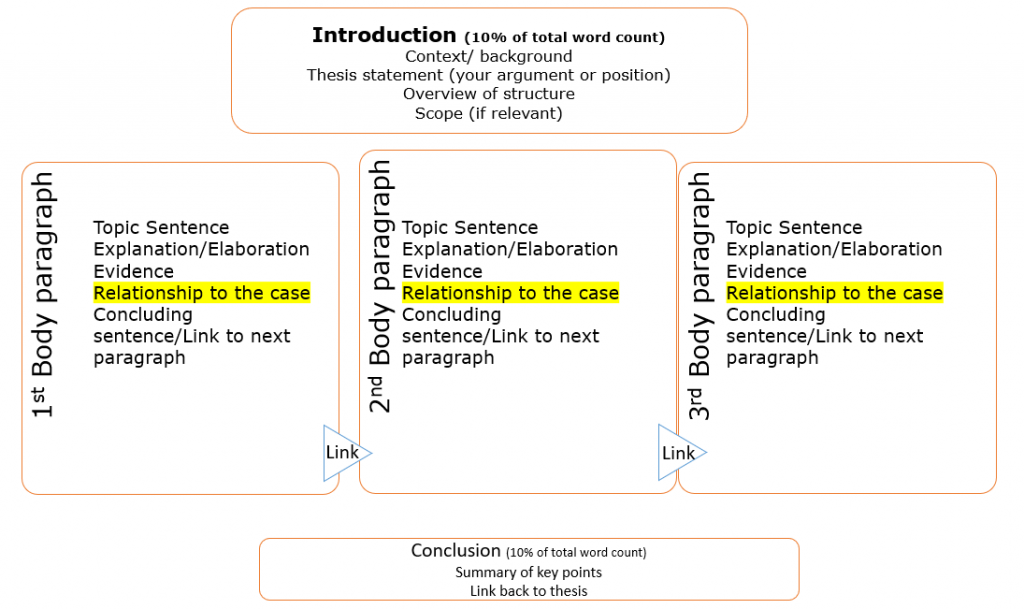
The Nursing and Midwifery Board of Australia (NMBA) Code of Conduct and Nursing Standards (2018) play a crucial role in determining the scope of practice for nurses and midwives. A key component discussed in the code is the provision of person-centred care and the formation of therapeutic relationships between nurses and patients (NMBA, 2018). This ensures patient safety and promotes health and wellbeing (NMBA, 2018). The standards also discuss the importance of partnership and shared decision-making in the delivery of care (NMBA, 2018, 4). Boyd and Dare (2014) argue that good communication skills are vital for building therapeutic relationships and trust between patients and care givers. This will help ensure the patient is treated with dignity and respect and improve their overall hospital experience. In the case, the therapeutic relationship with the client has been compromised in several ways. Firstly, the nurse did not conform adequately to the guidelines for seeking informed consent before performing the examination as outlined in principle 2.3 (NMBA, 2018). Although she explained the procedure, she failed to give the patient appropriate choices regarding her health care.
Topic sentence | Explanations using paraphrased evidence including in-text references | Critical thinking (asks the so what? question to demonstrate your student voice). | Relating the theory back to the specifics of the case. The case becomes a source of examples as extra evidence to support the points you are making.
Report
Reports are a common form of assessment at university and are also used widely in many professions. It is a common form of writing in business, government, scientific, and technical occupations.
Reports can take many different structures. A report is normally written to present information in a structured manner, which may include explaining laboratory experiments, technical information, or a business case. Reports may be written for different audiences including clients, your manager, technical staff, or senior leadership within an organisation. The structure of reports can vary, and it is important to consider what format is required. The choice of structure will depend upon professional requirements and the ultimate aims of the report. Consider some of the options in the table below (see Table 15.2).
Table 15.2 Explanations of different types of reports
[table “20” not found /]
Reflective writing

Reflective writing is a popular method of assessment at university. It is used to help you explore feelings, experiences, opinions, events or new information to gain a clearer and deeper understanding of your learning. A reflective writing task requires more than a description or summary. It requires you to analyse a situation, problem or experience, consider what you may have learnt and evaluate how this may impact your thinking and actions in the future. This requires critical thinking, analysis, and usually the application of good quality research, to demonstrate your understanding or learning from a situation. Essentially, reflective practice is the process of looking back on past experiences and engaging with them in a thoughtful way and drawing conclusions to inform future experiences. The reflection skills you develop at university will be vital in the workplace to assist you to use feedback for growth and continuous improvement. There are numerous models of reflective writing and you should refer to your subject guidelines for your expected format. If there is no specific framework, a simple model to help frame your thinking is What? So what? Now what? (Rolfe et al., 2001).
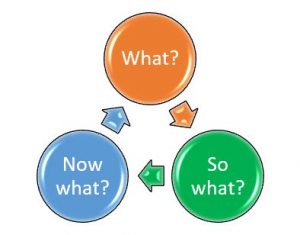
Table 15.3 What? So What? Now What? Explained.
[table “21” not found /]

The Gibbs’ Reflective Cycle
The Gibbs’ Cycle of reflection encourages you to consider your feelings as part of the reflective process. There are six specific steps to work through. Following this model carefully and being clear of the requirements of each stage, will help you focus your thinking and reflect more deeply. This model is popular in Health.
The 4 R’s of reflective thinking
This model (Ryan and Ryan, 2013) was designed specifically for university students engaged in experiential learning. Experiential learning includes any ‘real-world’ activities including practice led activities, placements and internships. Experiential learning, and the use of reflective practice to heighten this learning, is common in Creative Arts, Health and Education.
Annotated Bibliography
What is it?
An annotated bibliography is an alphabetical list of appropriate sources (books, journals or websites) on a topic, accompanied by a brief summary, evaluation and sometimes an explanation or reflection on their usefulness or relevance to your topic. Its purpose is to teach you to research carefully, evaluate sources and systematically organise your notes. An annotated bibliography may be one part of a larger assessment item or a stand-alone assessment piece. Check your task guidelines for the number of sources you are required to annotate and the word limit for each entry.
How do I know what to include?
When choosing sources for your annotated bibliography it is important to determine:
- The topic you are investigating and if there is a specific question to answer
- The type of sources on which you need to focus
- Whether they are reputable and of high quality
What do I say?
Important considerations include:
- Is the work current?
- Is the work relevant to your topic?
- Is the author credible/reliable?
- Is there any author bias?
- The strength and limitations (this may include an evaluation of research methodology).
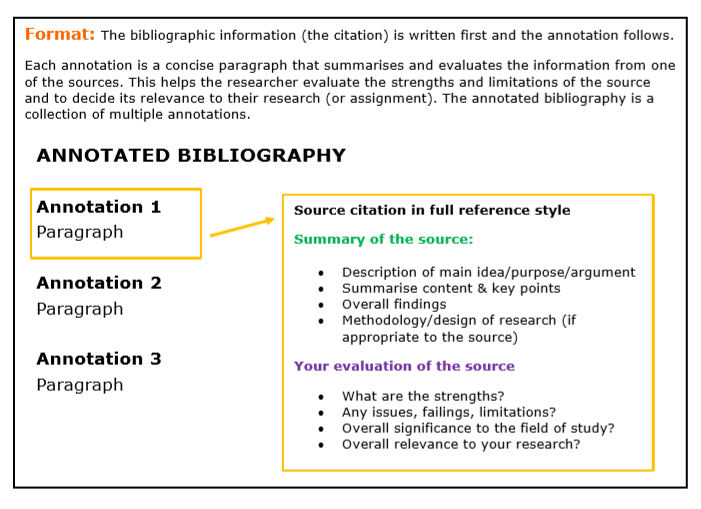
Literature Reviews
It is easy to get confused by the terminology used for literature reviews. Some tasks may be described as a systematic literature review when actually the requirement is simpler; to review the literature on the topic but do it in a systematic way. There is a distinct difference (see Table 15.4). As a commencing undergraduate student, it is unlikely you would be expected to complete a systematic literature review as this is a complex and more advanced research task. It is important to check with your lecturer or tutor if you are unsure of the requirements.
Table 15.4 Comparison of Literature Reviews
[table “22” not found /]
Generally, you are required to establish the main ideas that have been written on your chosen topic. You may also be expected to identify gaps in the research. A literature review does not summarise and evaluate each resource you find (this is what you would do in an annotated bibliography). You are expected to analyse and synthesise or organise common ideas from multiple texts into key themes which are relevant to your topic (see Figure 15.10). Use a table or a spreadsheet, if you know how, to organise the information you find. Record the full reference details of the sources as this will save you time later when compiling your reference list (see Table 15.5).
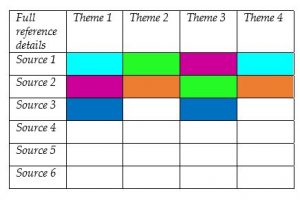
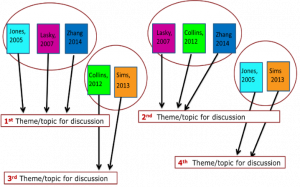
Conclusion
Overall, this chapter has provided an introduction to the types of assignments you can expect to complete at university, as well as outlined some tips and strategies with examples and templates for completing them. First, the chapter investigated essay assignments, including analytical and argumentative essays. It then examined case study assignments, followed by a discussion of the report format. Reflective writing, popular in nursing, education and human services, was also considered. Finally, the chapter briefly addressed annotated bibliographies and literature reviews. The chapter also has a selection of templates and examples throughout to enhance your understanding and improve the efficacy of your assignment writing skills.
Key points
- Not all assignments at university are the same. Understanding the requirements of different types of assignments will assist in meeting the criteria more effectively.
- There are many different types of assignments. Most will require an introduction, body paragraphs and a conclusion.
- An essay should have a clear and logical structure and use formal but reader friendly language.
- Breaking your assignment into manageable chunks makes it easier to approach.
- Effective body paragraphs contain a topic sentence.
- A case study structure is similar to an essay, but you must remember to provide examples from the case or scenario to demonstrate your points.
- The type of report you may be required to write will depend on its purpose and audience. A report requires structured writing and uses headings.
- Reflective writing is popular in many disciplines and is used to explore feelings, experiences, opinions or events to discover what learning or understanding has occurred. Reflective writing requires more than description. You need to be analytical, consider what has been learnt and evaluate the impact of this on future actions.
- Annotated bibliographies teach you to research and evaluate sources and systematically organise your notes. They may be part of a larger assignment.
- Literature reviews require you to look across the literature and analyse and synthesise the information you find into themes.
References
Gibbs, G. (1988). Learning by doing: A guide to teaching and learning methods. Further Education Unit, Oxford Brookes University, Oxford.
Rolfe, G., Freshwater, D., Jasper, M. (2001). Critical reflection in nursing and the helping professions: a user’s guide. Basingstoke: Palgrave Macmillan.
Ryan, M. & Ryan, M. (2013). Theorising a model for teaching and assessing reflective learning in higher education. Higher Education Research & Development, 32(2), 244-257. doi: 10.1080/07294360.2012.661704

